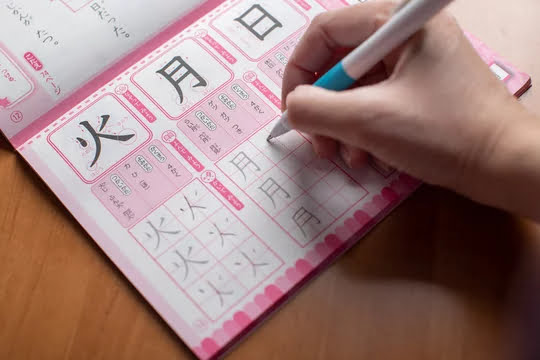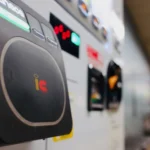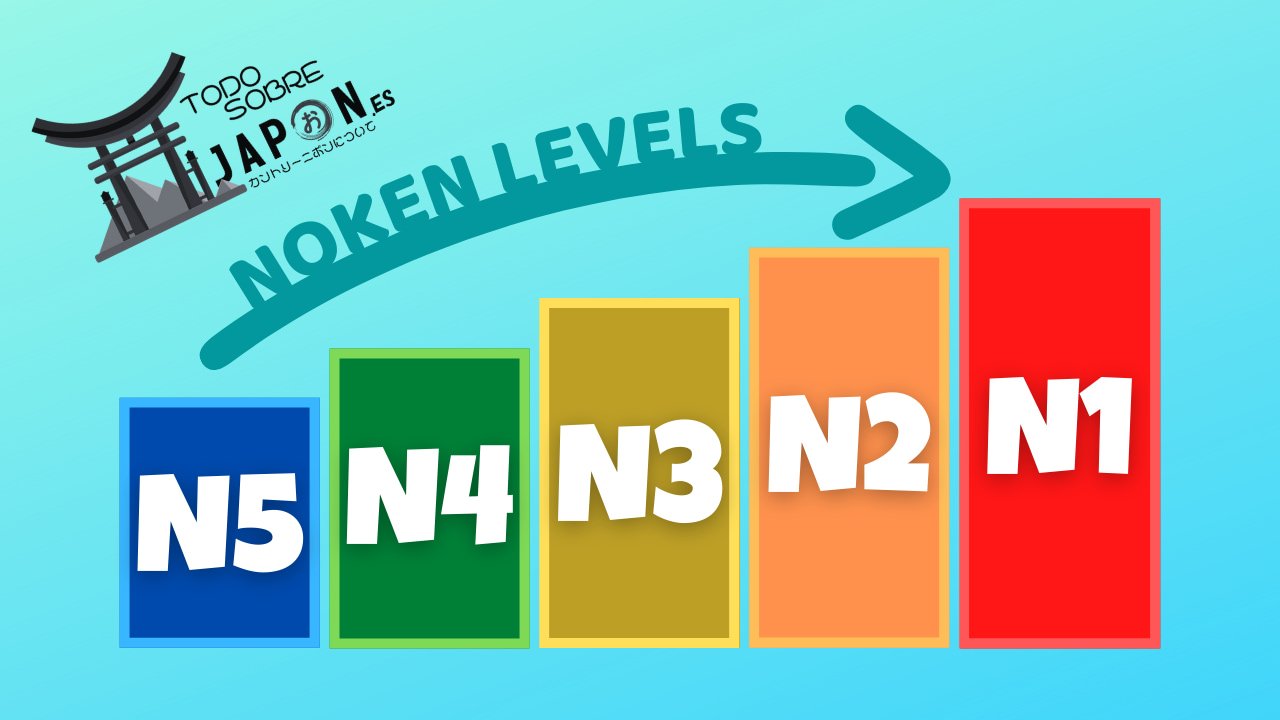Let’s see a guide of the Noken levels, that is to say the so called JLPT levels, so that you know in which level you are, inside you have resources to learn JLPT N5.

Noken 5 (N5): Ability to understand something in basic Japanese | jlpt levels
Written comprehension of the noken (n5)
- Understand texts, sentences and phrases written in basic kanji used in everyday life, and kana, which are hiragana and katakana.

Oral comprehension of noken (n5)
- Capture the necessary information from short, slow conversations that are frequent on a daily basis, both inside and outside the classroom.

- List of all Kanji used in JLPT N5
- List of all i-adjectives in Japanese
- List of all Japanese na- adjectives
- List of all JLPT N5 verbs
- List of all JLPT N5 grammars
- List of all Japanese particles JLPT N5
- Examen JLPT N5 (para principiantes), para ir cogiendo vocabulario, kanji y demás, no son los oficiales.
- Examen 2 JLPT N5
The noken 4 (N4): Ability to understand basic Japanese | jlpt levels
Written comprehension of the noken (n4)
- Understand texts on familiar everyday topics written with basic kanji and vocabulary. Begin to understand kanji strokes and write them.
Oral comprehension of noken (n4)
- Largely understand the content of conversations in which the conversation is spoken quite slowly in everyday scenes.

Noken 3 (N3): Ability to understand Japanese in certain parts of daily life | jlpt levels
(It acts as a bridge between 2 and 4 is the intermediate level).
Written comprehension of the noken (n3)
- Understand texts with concrete content on everyday topics.
- Know how to grasp the information summarized in newspaper headlines, brochures, etc.
- Capture the key points in the case of reformulations of a text of a more or less high degree of difficulty of everyday scenes.

Oral comprehension of noken (n3)
- Understand more or less concrete content and the relationship between speakers by listening to a conversation with consistency at a speed fairly close to the actual speed of everyday scenes.

The noken 2 (N2): Ability to understand Japanese used in different situations and everyday scenes | jlpt levels
Written comprehension of noken (n2)
- Understand the content of texts with a clear argument, such as reviews, expositions, and articles from magazines and simple newspapers and brochures on a wide variety of topics.
- Perceive and understand the particular intent of discourse when reading general subject matter materials.
Listening comprehension of noken (n2)
- Capture the key points and understand the thread and content, and the relationship between speakers by listening to news and conversations with consistency at near-real speed and on a wide variety of topics in everyday and various other situations. Speak like a native Japanese speaker.

Noken 1 (N1): Ability to understand Japanese used in a wide range of situations | jlpt levels
Written comprehension of noken (n1)
- Understand the content and structure of texts of a certain logical complexity or of a high level of abstraction such as, for example, newspaper reviews or editorials on a wide variety of topics.
- Perceive and understand the exact thread and intent of discourse when reading in-depth content materials on different topics.

Listening comprehension of noken (n1)
- Capture the key points and understand in detail the thread and content, logical structure and relationship between speakers by listening to lectures, news or conversations with consistency at a real speed and on a wide variety of topics. Speak almost like a native Japanese speaker.

Have you identified yourself with any of the levels? If the answer is No, because you don’t know how to read kana (Hiragana and Katakana), keep reading from here. If your answer is Yes, and you already know what your level is, check in the drop-down menu above where you should start.



